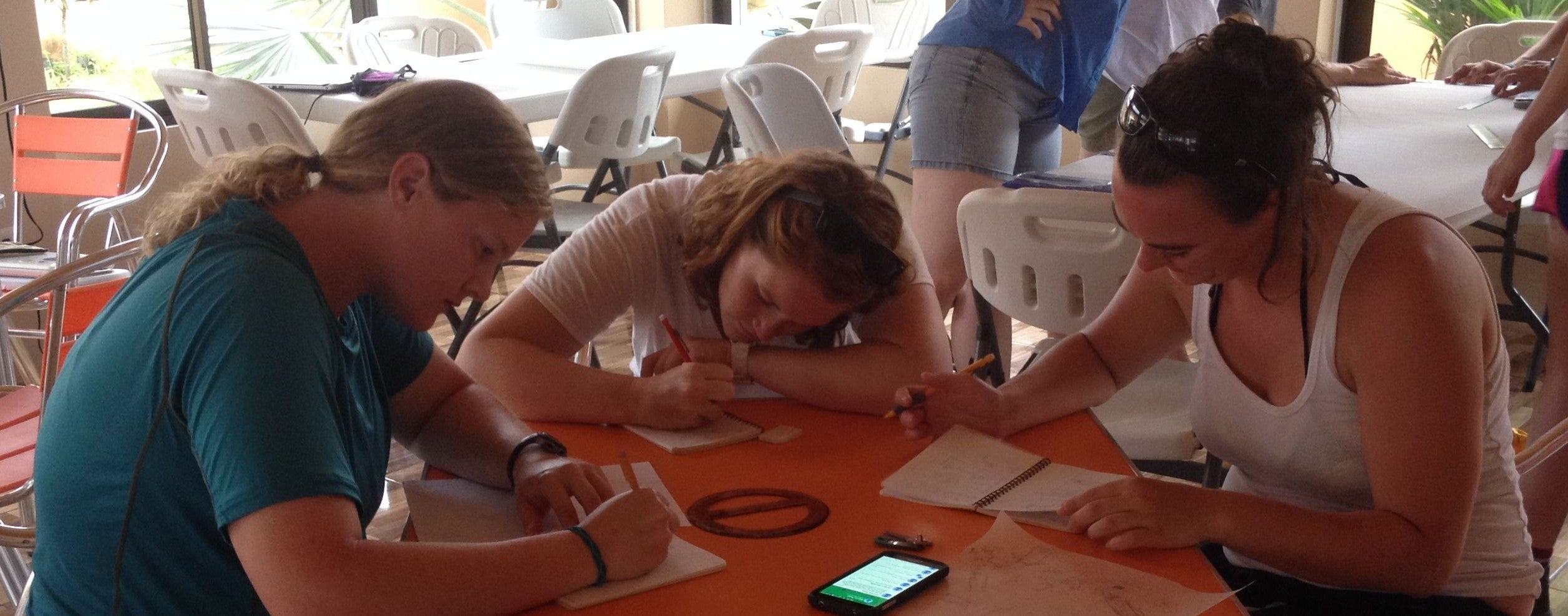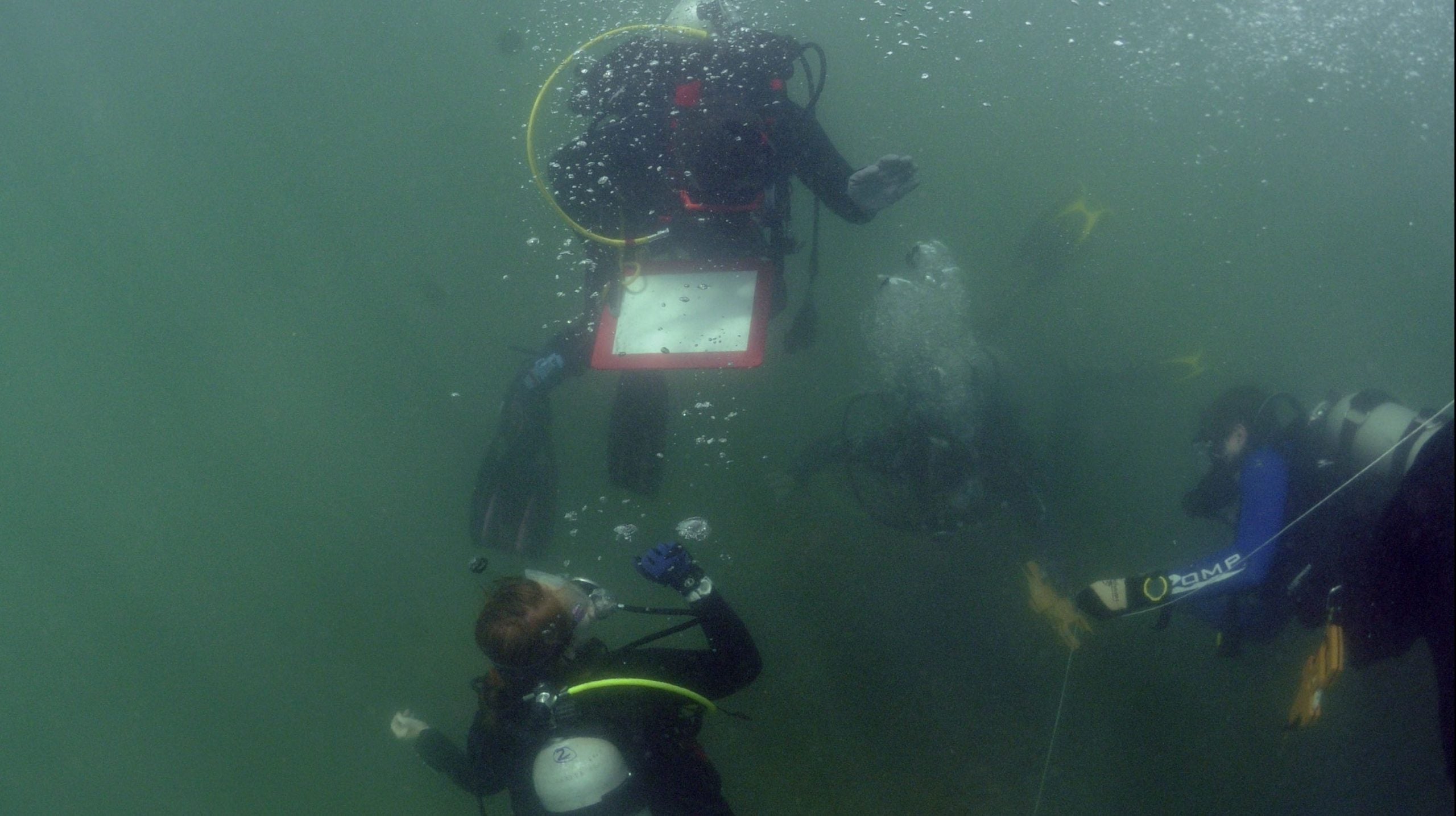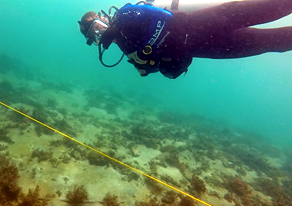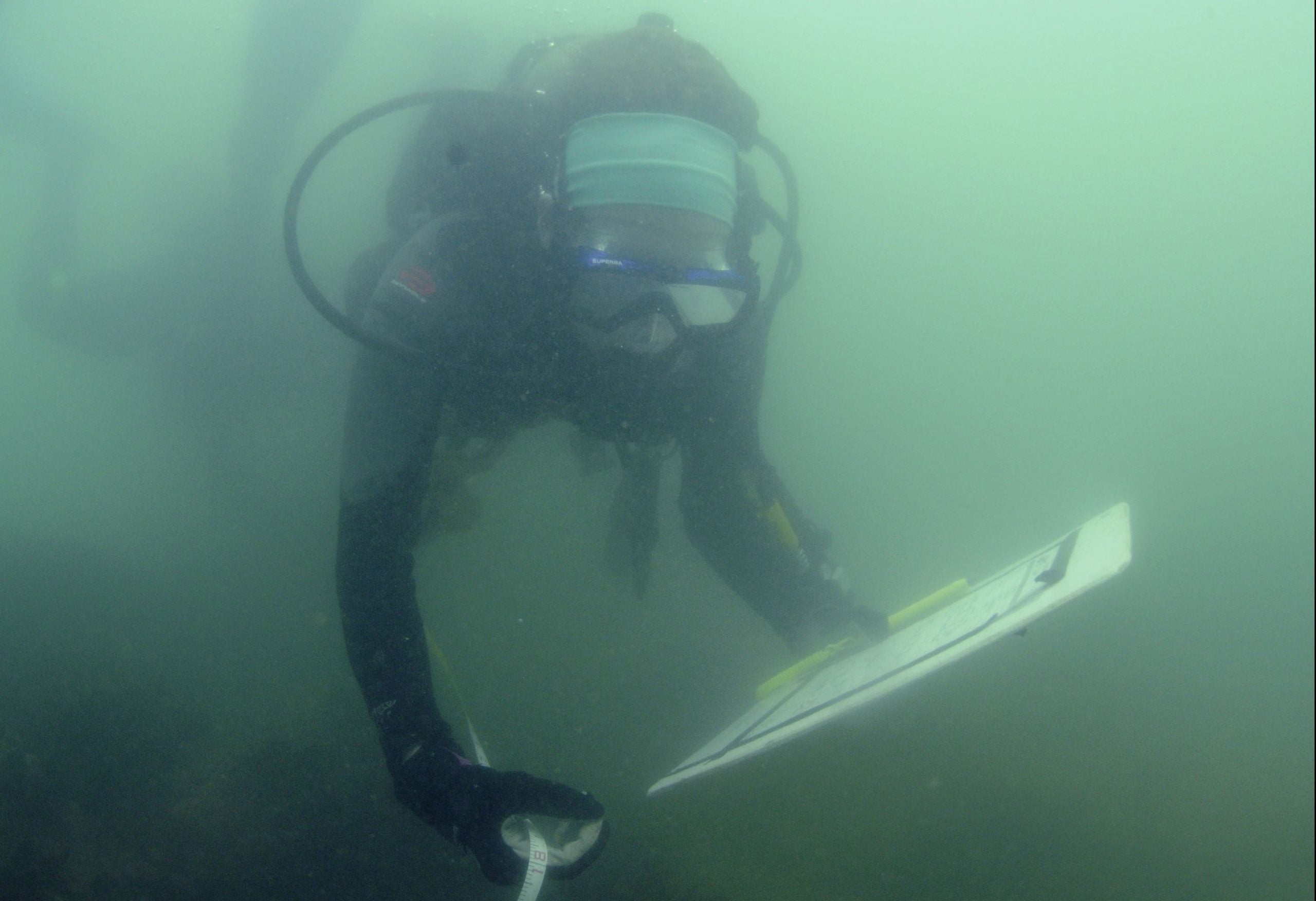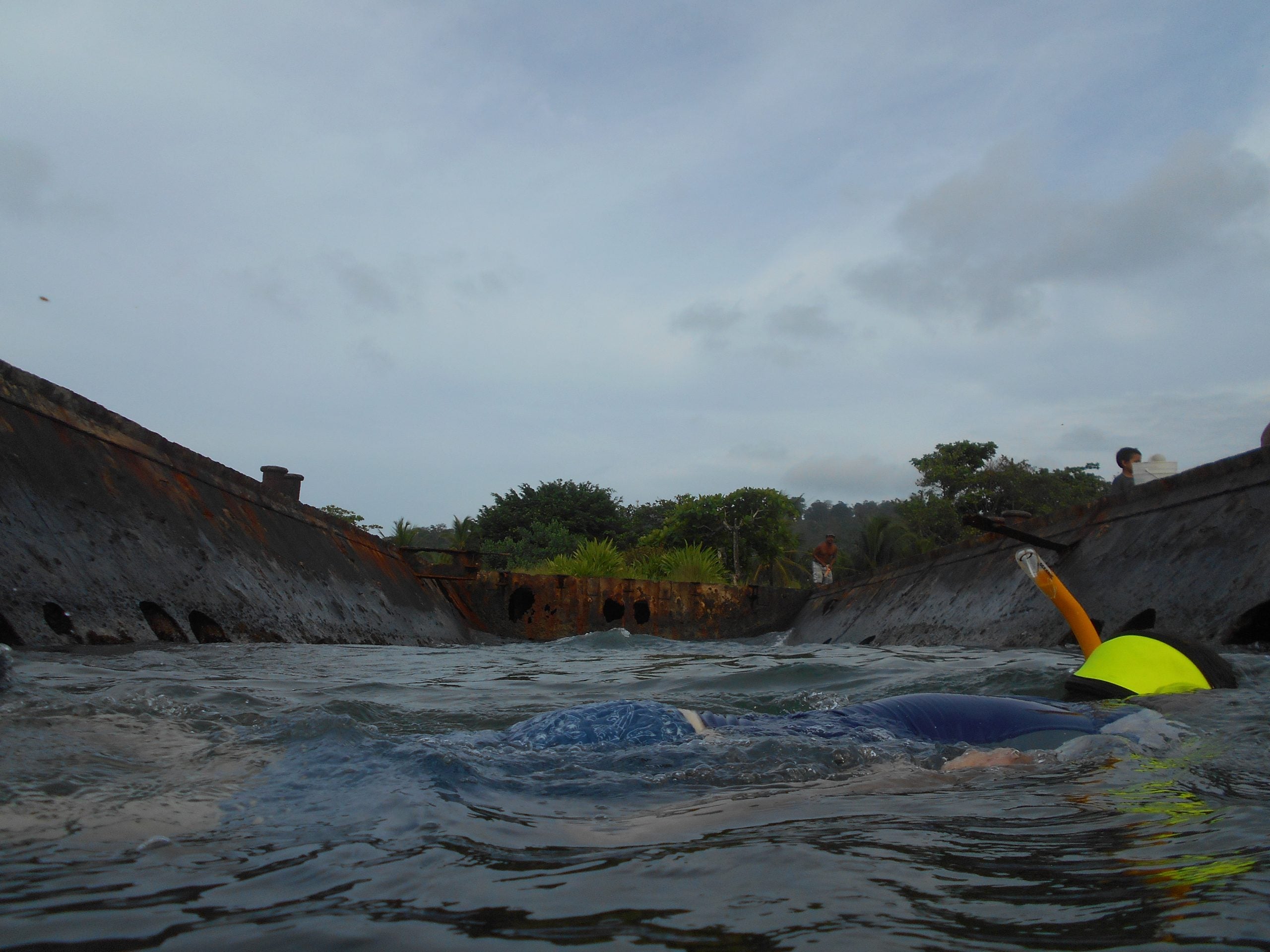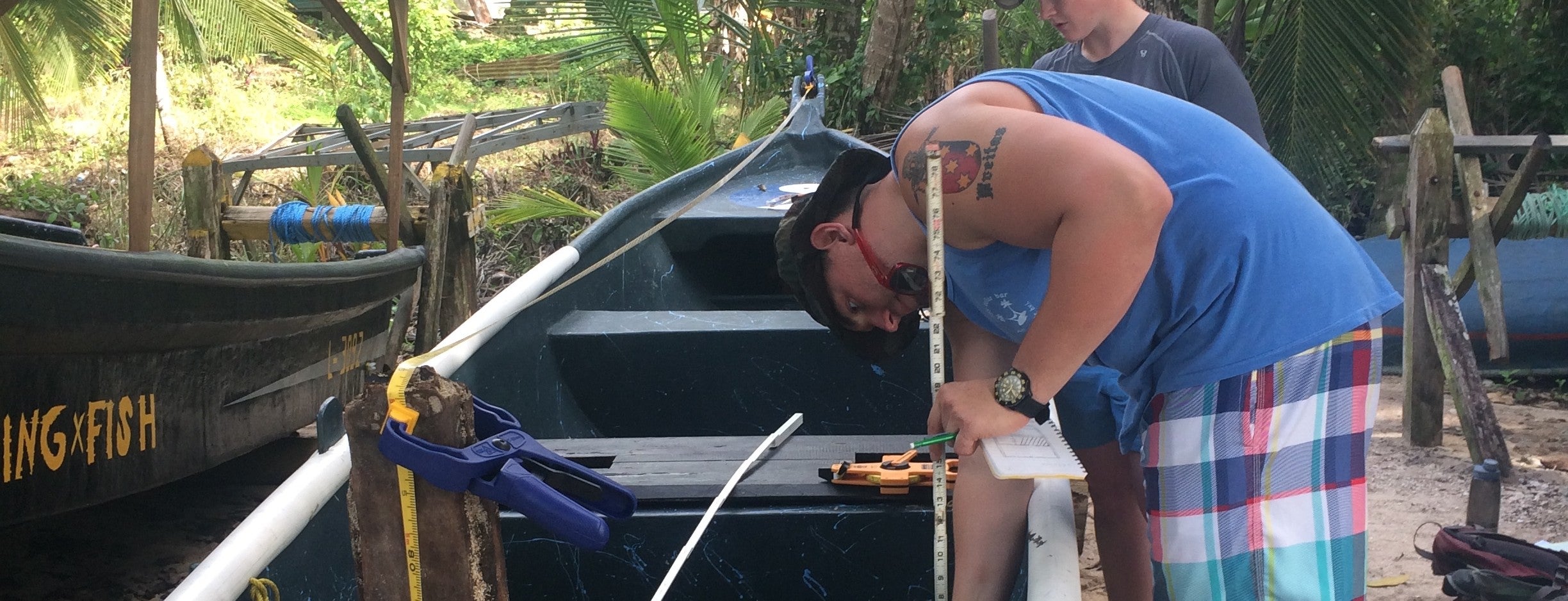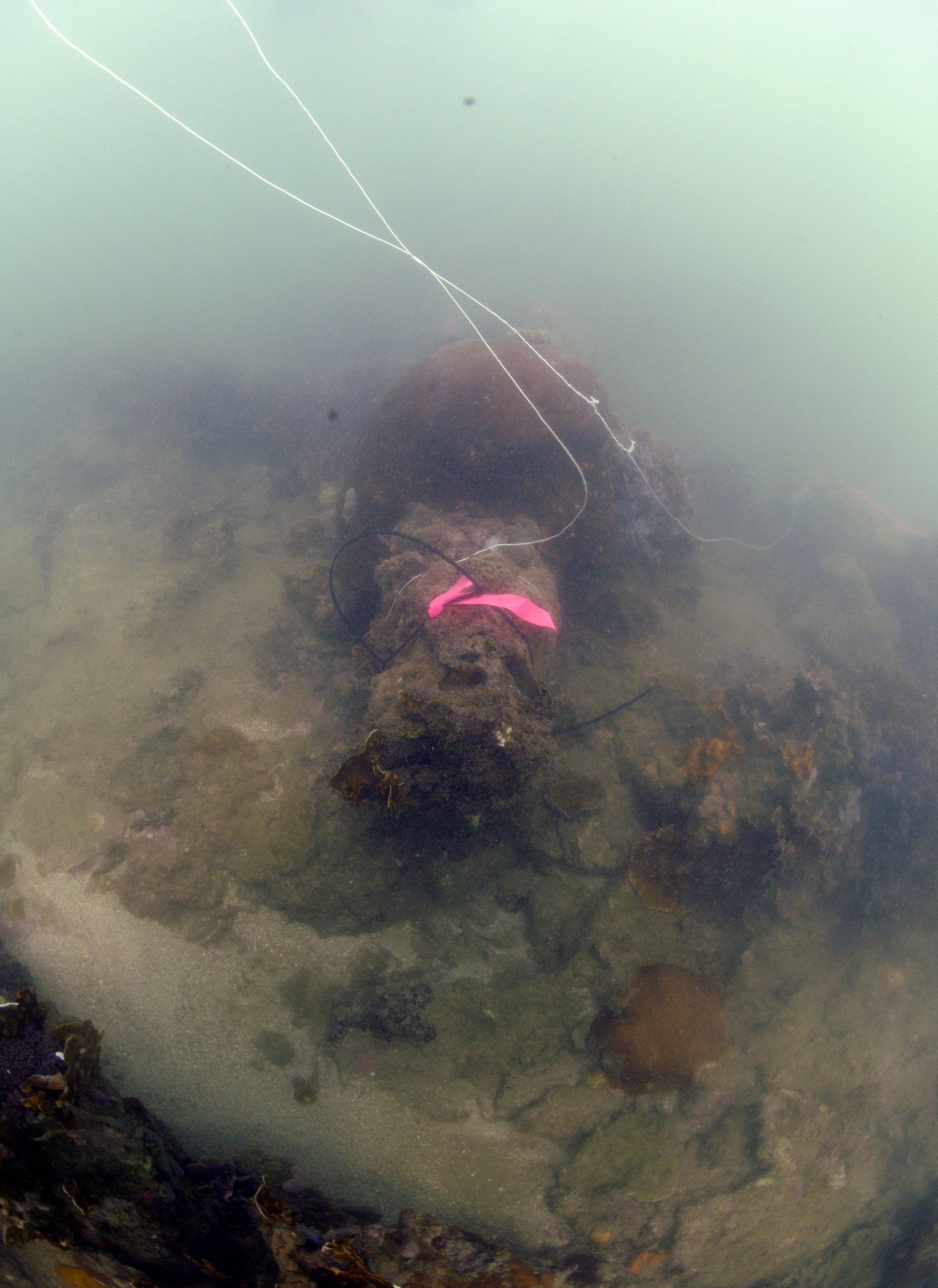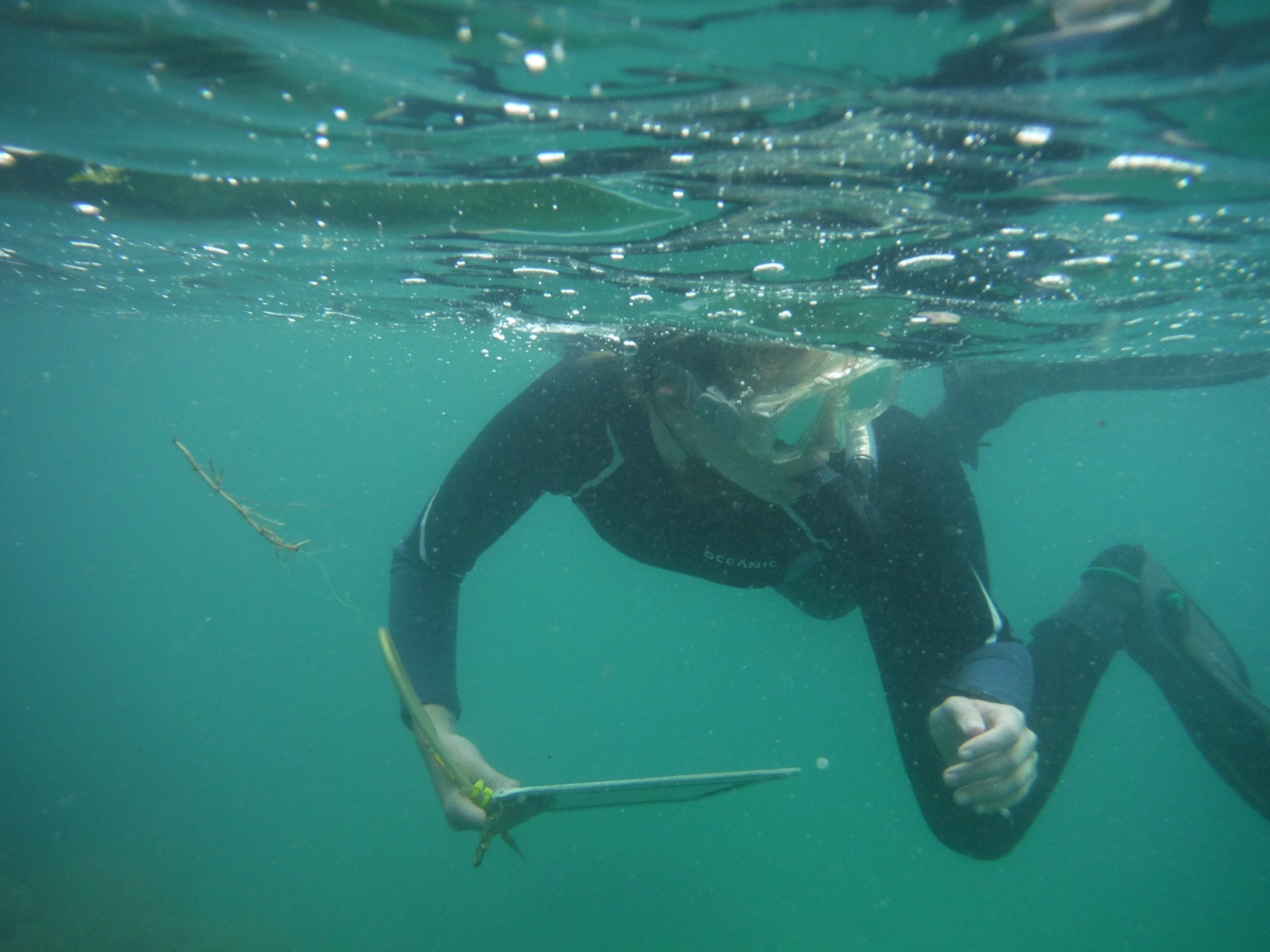Post-processing after small craft recording
Over the last two days, Sydney, Kelsey, Bettie, and I worked on recording the small boat Jamaica Town. Our process ranged from making basic observations, such as how many rows of seat the boat had and its color, to taking detailed measurements of the watercraft. After we collected the data our group worked on another … Read more
